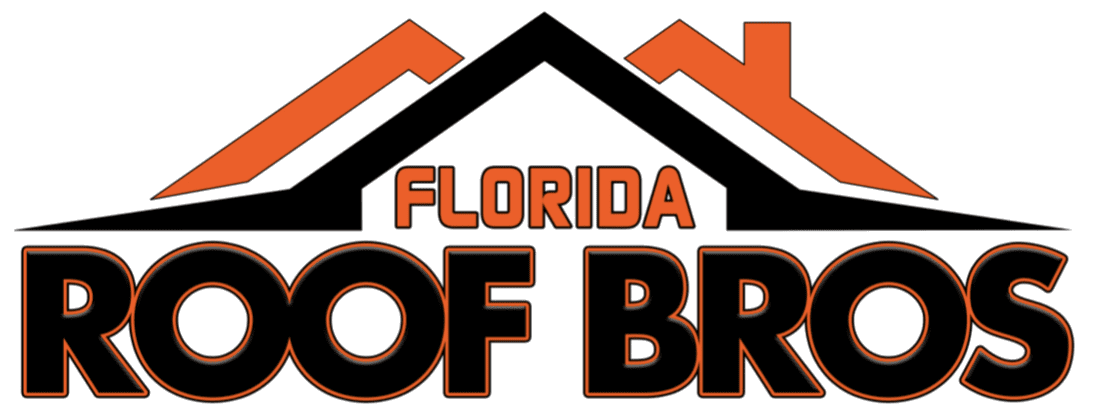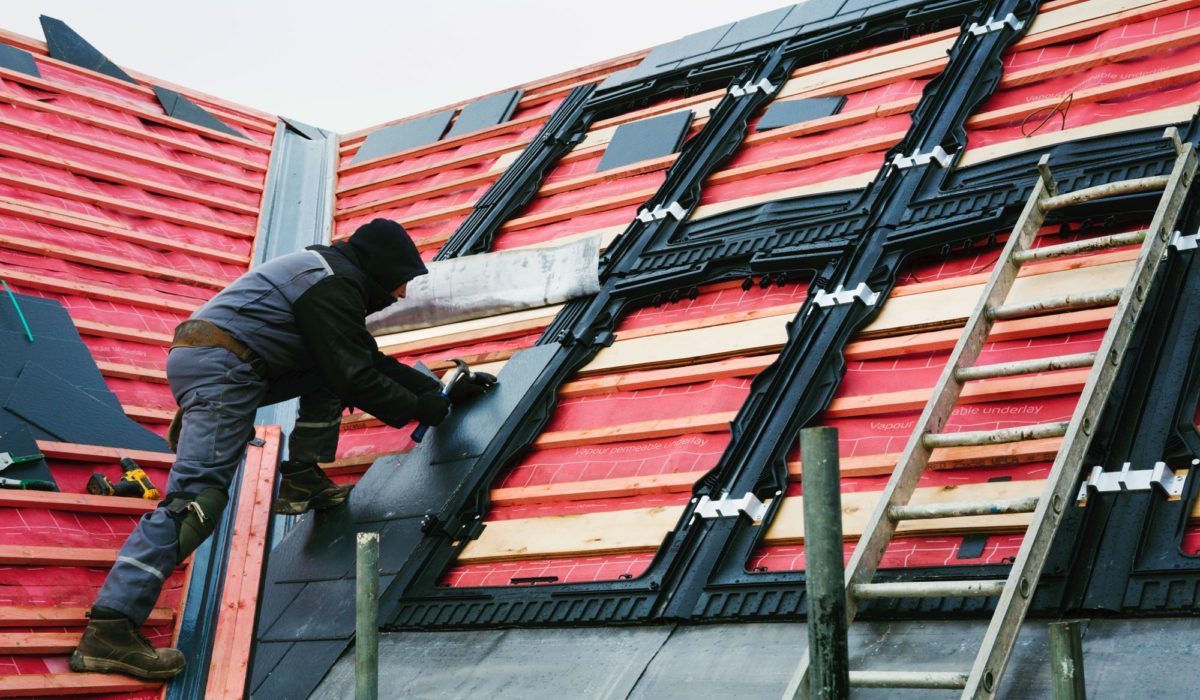The design of a flat roof from a structural standpoint is fraught with irregularities that pose significant risks to the building as a whole. Leaks are the most significant risk to the facility, and flat roof contractors can put an end to problems your facility will experience. To understand how the oddities of the design and installation affect your building and cause leaks, we need to examine the root causes that require roofing contractors in Melbourne Fl.
Root Causes of Roofing Problems That Require a Professional
Leakage
Leaks are the single most common problem, and they frequently arise, creating the need for a roofing contractor in Toronto. Ponding is an existential crisis for a roofing system. When water doesn’t move, it will find a way to enter a building, causing damage. To determine whether you have a ponding problem, you must inspect your roof 48-hours after a rainstorm. If the water is sitting in areas across the roof, a ponding problem is present. Water will enter many places on a roof. The flashings, the seams, and the drainage system can become compromised. If a chimney is present or a skylight, these are other entry points for water, as are parapets and other non-traditional entry points. Membrane punctures are rare, but they can create a mold problem should water find an entry point under the sheathing of the membrane. Roof rot is a threat here due to the high moisture content that can accumulate after a severe rainstorm.
Shrinkage
A flat roof repair in Melbourne Fl. can come from many problems, and the most common is material shrinkage. This situation occurs in EPDM roofing systems caused by poor installation of materials. When shrinkage occurs, it pulls the membrane away from the parapets, drip edge, or chimney, creating an opening for water to invade your roofing system. This problem frequently comes to light on bigger buildings and has to be corrected by Toronto roofers who specialize in commercial roofing problems.
Excessive Traffic
Human interactions create problems for a roofing system. Repairs and service to HVAC systems create foot traffic on a roof, and that is where problems originate. Membranes can feel the effects of human foot traffic and create punctures and holes in the roof’s membrane. Water entry is only a matter of time when the next rainstorm cascades water on a roof. Roof repairs are the inevitable result of damage that has been caused by foot traffic on the upper structure.
A roof repair can be the salvation of a roofing system. But, you need to catch the problems early to create an effective solution. It starts with inspections conducted at regular intervals to create a best-case scenario for a roof repair. Before you make any decisions, a couple of factors should be reviewed. The age of a roof and the amount of damage sustained are contributing factors that will determine your course of action. A roof is constructed to last three decades; if you are close to the end of the cycle, a roof replacement may be in your best interests. If the roof is relatively new, look at your warranty agreement. A roof repair could be discounted based on the terms and conditions of the contract. For most materials installed on a roof, the warranty for materials is in the 10-15-year cycle and could prove to be a benefit when a repair is deemed necessary.
What Necessitates a Roof Replacement?
In general, a flat roof replacement in Toronto is required when a roof is at the end of its life cycle. There are many different types of commercial flat roofs, and depending on the one you have on your building, local weather and maintenance will shed light on the need for a roof replacement. A poor or faulty installation is all too common a problem that makes a roof replacement necessary. All issues that occur on a roof can are traced back to poor workmanship, and it is the number one cause of all problems a roofing system experiences. Some problems can be solved, but others can’t; that is why regular inspections are critical to the roof’s health and wellbeing. Periodic inspections of a roofing system can’t be stressed enough. A recent repair or replacement must be supported by examinations to keep the roof working well. The best materials in the roofing industry won’t perform as designed without vigilance to extend longevity. Some small steps along the road to roof maintenance will extend the life of your roof, and they are simple to execute. At a minimum, a roof inspection at yearly intervals will help detect small problems before they escalate. When weather has been less than ideal for a roof – heavy snowstorms or windstorms, quick thaws and refreezes – check the condition of the roof. Debris and moss growth must be removed when detected to prevent build-up that creates other problems on the roof and big repair bills. Seams and flashings are weak points requiring inspection and review along with the drainage system. Keeping the drains clear of debris and other substances reduces ponding and the risk of problems. If you need advice, contact a roofing contractor for help to maintain your roofing system

